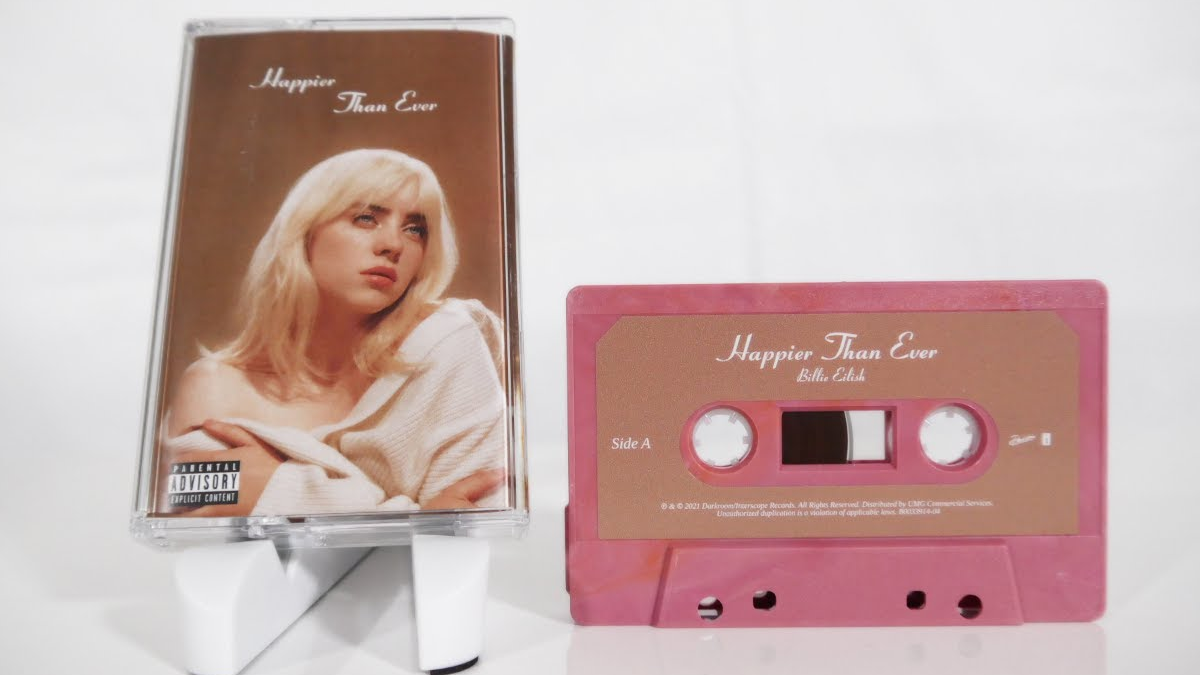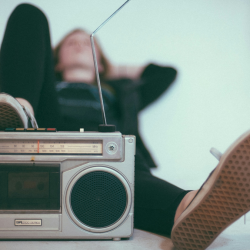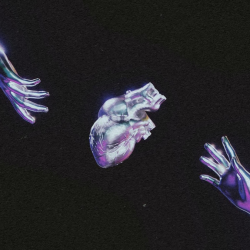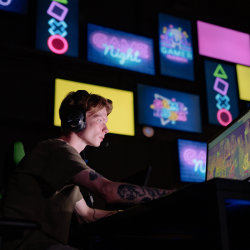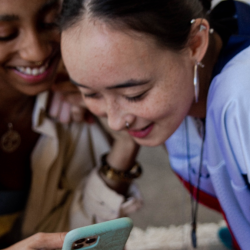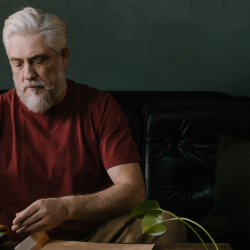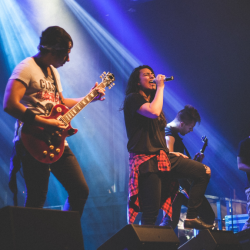Analogue technology has been making a comeback over the last few years, with formats like vinyl records growing annually as more fans want to get their hands, literally, on the music they love. And we’re not talking dilapidated copies of ’70s bangers; last year in the US 7% of all vinyl sales were Taylor Swift records. Even cassette tapes are enjoying a boost in popularity, with artists like Billie Eilish, Lady Gaga and Beyoncé releasing music in the format.
This embrace of superseded technology is spreading into other spheres of culture, most notably as a visual aesthetic, characterised by the rise in point and click cameras and the grainy images they record. What is it about these formats that’s attracting young people, and what does it say about how we are looking for authenticity and reality in our lives?
We’re living in an era of hyper reality, where every day we are bombarded with images as the primary currency of our social media age
We are fed so many images that we have had to learn new ways to translate and decode their meanings so that we can decipher what’s real and fake, contrived and sponsored, edited and beautified, horrific and Hollywood. We are having to adapt again as ever more realistic AI-generated images are beginning to fill our screens, such as Benjamin Benichou’s series of Samurai through the lens of luxury fashion houses — and not all of these images are honestly marked as AI generated. The images we see, despite their detail, seem increasingly unreal; whether that’s due to selfie cameras distorting our faces, or internet sleuths outing Royalty for misleading the public to keep a cancer diagnosis private.
It’s clear that the images we see conceal as much as they display. It’s in this context that we have seen a rise in a new (old) aesthetic; one that is grainy, flattened, often out of focus and lit harshly with flash, eyes red like demons. Cameras like the Instax, Camp Snap and point and click digital cameras are seeing a surge in popularity — even making it to the Oscars in the hands of Ayo Edebiri.

What is it about these cameras and their rituals that are appealing and feel different?
Firstly, they are a slow experience with delayed gratification and not in a format that is easily and instantly shareable — there is a gap between taking images and putting them online that makes them feel more personal. Secondly, they are less prolific and more considered — they exist in ones or twos and never, like on everyone’s phone camera reels, in batches of 15 near identical takes. And thirdly, perhaps most importantly, the aesthetic stands out in our hyper-real world. They are hazy, confusing, unclear, cluttered, poorly framed, they are fallible and lack perfection, they have our fingers poking into frame, not everyone looks great, or are even in the picture.
In many ways, they feel like life; memories rather than recordings, the opposite of the ubiquitous and prolific smartphone that lacks the spontaneity and feeling of lived experience.
We can see these rituals and meanings crop up elsewhere in consumer culture, that indicate a growing desire for these attributes. Shopping on Vinted and Depop means searching and waiting for unique, storied objects that have transcended time, the relentless flow of fashion seasons and instant availability. Dumb devices act as a barrier between the smartphone-created hyper reality of endless convenience and actual reality (you know, the one we live in). A resurgence in print magazines show an appreciation for content that is physical, considered, and that survives longer than the time it takes for you to scroll past it.
All of these examples are an attempt to invest meaning into a moment, to spend time dedicated to something, to concentrate on life and that which deserves your attention rather than, as Bo Burnham would put it, spending it on ‘everything all of the time‘.
The rise in the use of analogue media amongst younger people tells us that there is an appetite for a deeper engagement with life, particularly social life, as people seek out storied objects and images that represent their experience in a more tangible way than the hyper-real images that disconnect us.
We can see this in the context of personalisation and authenticity where what is most valuable is that which is not just made for you, but something that can only ever exist because you are an active part of what makes it real. And most importantly, it’s a reminder that for something to be real, it doesn’t mean it has to be displayed in 4k brilliance.
Featured image: Billie Eilish, cassette tape

















